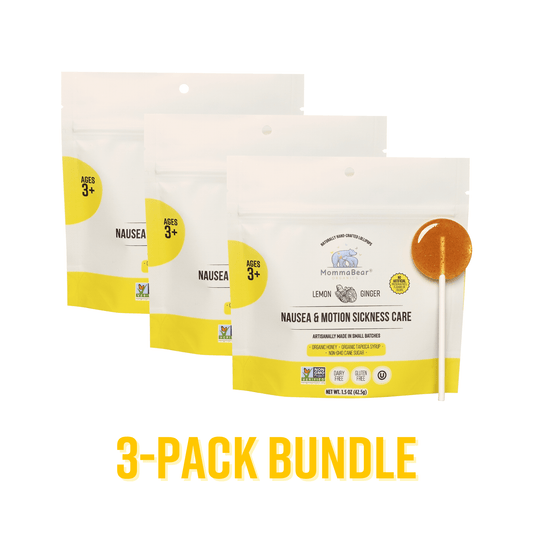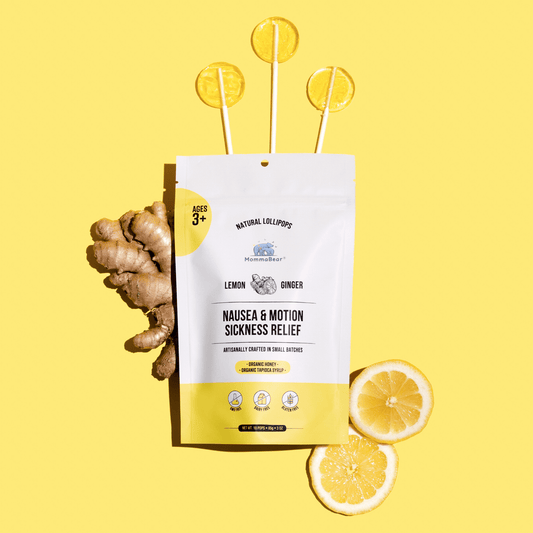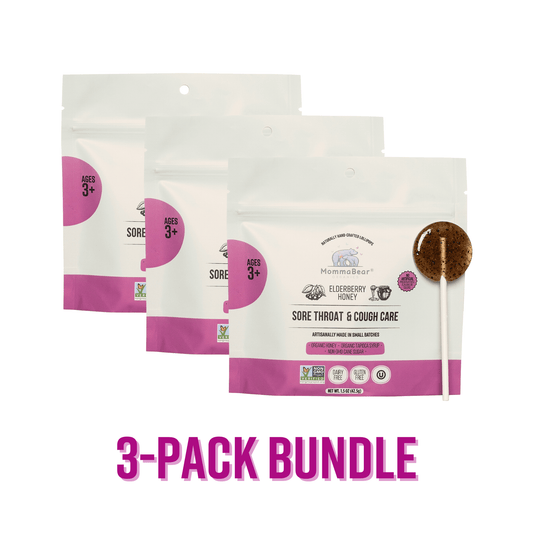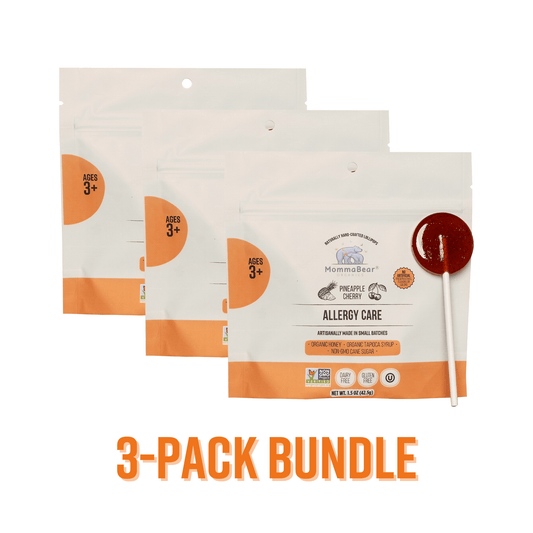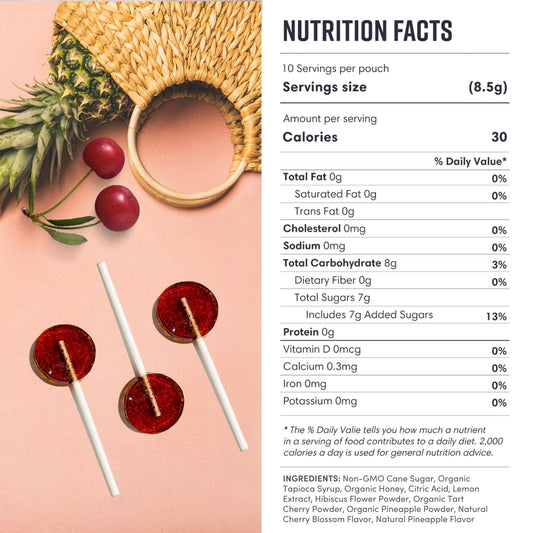Some days, you just need a second to yourself, you know? A quick little reset button. That’s what these aromatherapy inhalers have become for me. They’re these tiny, tube-shaped things you can fill with essential oils, and they’re honestly so easy to make. No mess, and they fit right in your purse or pocket for when things get a little… much. Just a quick sniff of something calming like lavender, and it can really help take the edge off. It's become my little secret weapon.
-
What You Need: Basically, you just need the little inhaler tubes, cotton wicks to hold the scent, your favorite essential oils, and maybe some gloves and labels if you want to get organized.
-
How to Make: You pretty much just soak the cotton wick in your oil blend, pop it into the inhaler tube, seal it up, and you're done.
-
Best Oils for Calm: I’ve been loving lavender, bergamot, and chamomile. Lemon is nice too for a little pick-me-up.
-
Usage: Just uncap it, take a couple of deep breaths from it, and put the cap back on so it doesn't dry out.
Honestly, making them myself has been so much cheaper and I can create whatever scent I'm in the mood for. It’s a small thing, but it’s made a real difference in my day-to-day.
How to Make Aromatherapy Inhalers [RECIPES for Essential Oil Inhaler] 2023 Update
Tools and Ingredients You'll Need
Getting started with your own aromatherapy inhalers is way easier than it sounds. You only need a few things, and most of them are pretty simple to find online. I was a bit overwhelmed at first, but once I had all my little bits and pieces together, it made the whole process feel really straightforward and kind of fun.
Basic Tools for DIY Inhalers
So, the main thing you need is the inhaler tube itself. You can get plastic ones, which are super simple—they come in like four little parts that just click together. Or you can get aluminum ones. I kind of like the aluminum ones, they feel a bit more sturdy and they have this little glass vial inside. They just feel a bit more permanent, you know?
You'll also need the cotton wicks that go inside to soak up the oils. I try to get organic cotton when I can, just feels better. Then just some small glass bowls for mixing, and labels. Trust me on the labels. I thought I'd remember what I put in each one, and I absolutely did not. So now I label everything.
Oh, and gloves are a good idea. Some of these oils are super strong and you don't really want them all over your hands undiluted. Pipettes are also a lifesaver for getting the drops right without making a huge mess.
If you want to make it super simple, I saw that some places sell kits with everything you need. I noticed a company called Bulk Apothecary has them, and another one, Plant Therapy, is a place I hear about a lot because they’re really open about the purity of their oils, which feels important when you’re breathing this stuff in.
Once you’ve got your little toolkit ready, the fun part is picking out the oils.
Calming Oils for Stress Relief
This is where it gets really personal. The whole point of the inhaler is the scent, so picking the right essential oils is everything. I’ve been reading up on this, and it’s actually pretty cool how certain smells can have a real effect on your mood.
Lavender is the one everyone talks about, and for good reason. I read somewhere that a bunch of studies found it really does help with anxiety. It just has that soft, comforting smell that makes you want to take a deep breath. It's my go-to for a reason.
Bergamot is another one I've been using a lot. It’s a citrusy orange scent, and I found some research saying it helped with anxiety in people before surgery. I just find it smells bright and happy.
For evenings, Roman chamomile is amazing. There was this one study with cancer patients where they found massage with chamomile oil helped with anxiety more than just massage alone. It’s got that gentle, sleepy-tea vibe. Perfect for winding down.
This is a funny one—lemon oil. I saw a study from 2022 that said nursing students who sniffed it before an exam felt less anxiety. So now I’m thinking I need one for when I have to do something stressful, like a big meeting.
And clary sage. This one is interesting because I read it can actually help lower your heart rate a bit when you’re stressed. Sometimes I can feel my pulse racing, so that one seemed worth a try.
Here’s a little list I made for myself to keep them straight:
| Essential Oil | Benefits Backed by Research |
|---|---|
| Lavender | Reduces anxiety in medical settings |
| Bergamot Orange | Eases anxiety-related behaviors and pre-surgery stress |
| Roman Chamomile | Enhances relaxation and reduces anxiety more effectively than massage alone |
| Lemon | Lowers test anxiety in students |
| Clary Sage | Helps slow pulse rate |
| Neroli | Reduces anxiety and labor pain |
| Rose | Supports relaxation and alleviates anxiety and depression |
I also read about neroli and rose being great. Neroli was found to help with anxiety and pain during labor, which is incredible. And rose is just one of those classic scents for relaxation.
When you're buying oils, I learned it's a good idea to find a supplier that's transparent about purity. I saw this quote from a Certified Aromatherapist, Lana DeSimone, that stuck with me: "Each oil should be identified with the plant's scientific or botanical name, and in appropriate cases, the chemotype". It just makes you feel more confident that you're getting the good stuff.
With all the tools and the right oils, you're pretty much ready to start mixing.
Step-by-Step Guide to Making Aromatherapy Inhalers
Okay, so you've got your stuff. Now for the actual making part. It's honestly so quick, but taking a moment to get it right makes a big difference in how well your little inhaler works.
Mixing Your Oil Blends
First, you mix your oils. This felt a bit like being a potion-maker. The oils are really concentrated, so you don't need a lot. For one inhaler, it’s usually about 10-15 drops total.
I found this little guideline that helps make the scent feel more balanced, they call it the 30/50/20 rule. It sounds complicated but it's not. It's basically:
-
30% top notes: These are the scents you smell first, like lemon or bergamot.
-
50% middle notes: This is the heart of the blend, like lavender.
-
20% base notes: These are the deeper scents that stick around, like sandalwood or chamomile.
So for one of my first blends, I did something like 5 drops of lavender, 3 drops of bergamot, and 2 drops of Roman chamomile. It’s fun to play around with it. The smell kind of changes a little over time as you use it, which is actually pretty cool.
Putting the Inhaler Together
Once your blend is mixed in a little bowl, you're ready to assemble. I always put on gloves for this part, just to be safe. You take one of the cotton wicks and just drop it into your oil mix. Let it sit there and soak it all up for maybe 30 seconds.
-
If you have a plastic inhaler, you just slide the wet wick into the main part of the inhaler tube.
-
If you have an aluminum one, you put the wick inside the little glass vial and then screw on the top piece that has the holes in it.
Then you just put the rest of the casing together, screw on the cap, and maybe give it a little shake. And please, don't forget to label it with what you put in it and the date! It really helps you figure out what you like and when it's time to add more oil.
Storage and Care Tips
This part is pretty important for making them last. I learned that it's a good idea to let your oil blend sit for a day or two in a dark bottle before you make the inhaler. It lets the scents kind of meld together. Once it's made, just keep your inhaler somewhere cool and dark. I learned the hard way not to leave it in the car on a hot day—the scent just evaporates super fast.
If you notice the smell starting to fade, you can just open it up and add a few more drops of your blend to the wick. Easy. I actually started a little notebook to jot down the blends I try and how they make me feel. It sounds a bit extra, but it's been really helpful for figuring out my favorites.
sbb-itb-e1a023f
Calming Oil Blend Recipes
Now that you know how to make them, here are a few recipes I’ve tried and really liked. They're all aimed at helping you find a little bit of calm in different ways.
Top Stress-Relief Blends
-
The Classic Calm Blend: This is a great starter. It’s 6 drops of lavender, 4 drops of sweet orange, and 3 drops of frankincense. The lavender is super calming, the orange is a little uplifting, and the frankincense just feels... grounding. It's a nice, balanced one for everyday stress.
-
The Evening Unwind: This is the one I use before bed. 5 drops of Roman chamomile, 4 drops of bergamot, and 4 drops of cedarwood. The cedarwood has this earthy scent that helps quiet my brain, and the chamomile is just so soothing.
-
The Focus & Calm blend: Perfect for work when my thoughts are all over the place. 5 drops of frankincense, 4 drops of lemon, and 3 drops of ylang-ylang. The lemon wakes me up a bit, but the other two keep me from feeling frazzled.
I saw a health and wellness coach, Martha Kirby, mention she uses a blend of orange, frankincense, and cedarwood for daily stress. She said something that really stuck with me: "Embracing essential oils in your daily life can be a beautiful, holistic approach to alleviating stress." It just feels like such a nice, gentle way to take care of yourself.
-
The Sleep Prep blend: This one is all about getting ready for rest. 6 drops of lavender, 3 drops of Roman chamomile, and 3 drops of sandalwood. The combination just smells like it's time to sleep. Deeply, deeply calming.
Each of these is a good starting point, but the real magic is finding what works for you.
Picking the Right Blend for You
Honestly, this is all about just trusting your nose. If you love floral scents, lean into things like lavender or ylang-ylang. If you like something brighter, go for the citrusy ones like orange or bergamot.
I’ve started thinking about why I'm feeling stressed. If it's work pressure, something with frankincense feels right. If I'm just feeling restless at night, I reach for the chamomile. You can totally adjust the drops too, if you want one scent to be a little stronger.
A little tip: before you mix a whole batch, just open the bottles of the oils you're thinking of using and hold them together under your nose. It gives you a pretty good idea of what the blend will smell like. I keep a little journal of what I've tried. It helps me remember what I loved and what I'd maybe change next time. Once you find a blend that just clicks, it feels like you've created your own personal magic potion.
Using Aromatherapy Inhalers in Daily Life
Having one of these little guys in my bag has been such a game-changer. They're so small and discreet, so you can literally use them anywhere without anyone noticing.
How to Use Your Inhaler
It's super simple. You just take off the cap, hold the inhaler up to one nostril, and gently press the other one closed. Then you take a nice, slow, deep breath in for a few seconds. I usually count to 8. Then breathe out through your mouth. I do that a few times on each side. Then just pop the cap back on so it stays fresh.
I read this great explanation from Rachel at Topsy Blends about why it works so fast: "Our sense of smell is our only sense that sends messages to our brain instantaneously. This means, inhaling essential oils delivers near-instant therapeutic benefits directly to our whole internal system... making Aromatherapy Inhalers your secret life hack for a boost of energy at work, study time focus, or calming that monkey mind before bed." That just made so much sense to me. It really is an instant hit.
I keep one in my purse, one in my car for traffic, and one on my nightstand. It’s perfect for those moments before a big meeting or when the grocery store is just too crowded. Unlike a diffuser, it’s totally personal, so you’re not bothering anyone around you.
I try to take a real moment when I use it, even just 30 seconds. Close my eyes, focus on the scent, and just breathe. It's a tiny little ritual that helps bring me back to myself. And you can use it as often as you need to. There's no limit.
Natural Wellness with MommaBear Organics
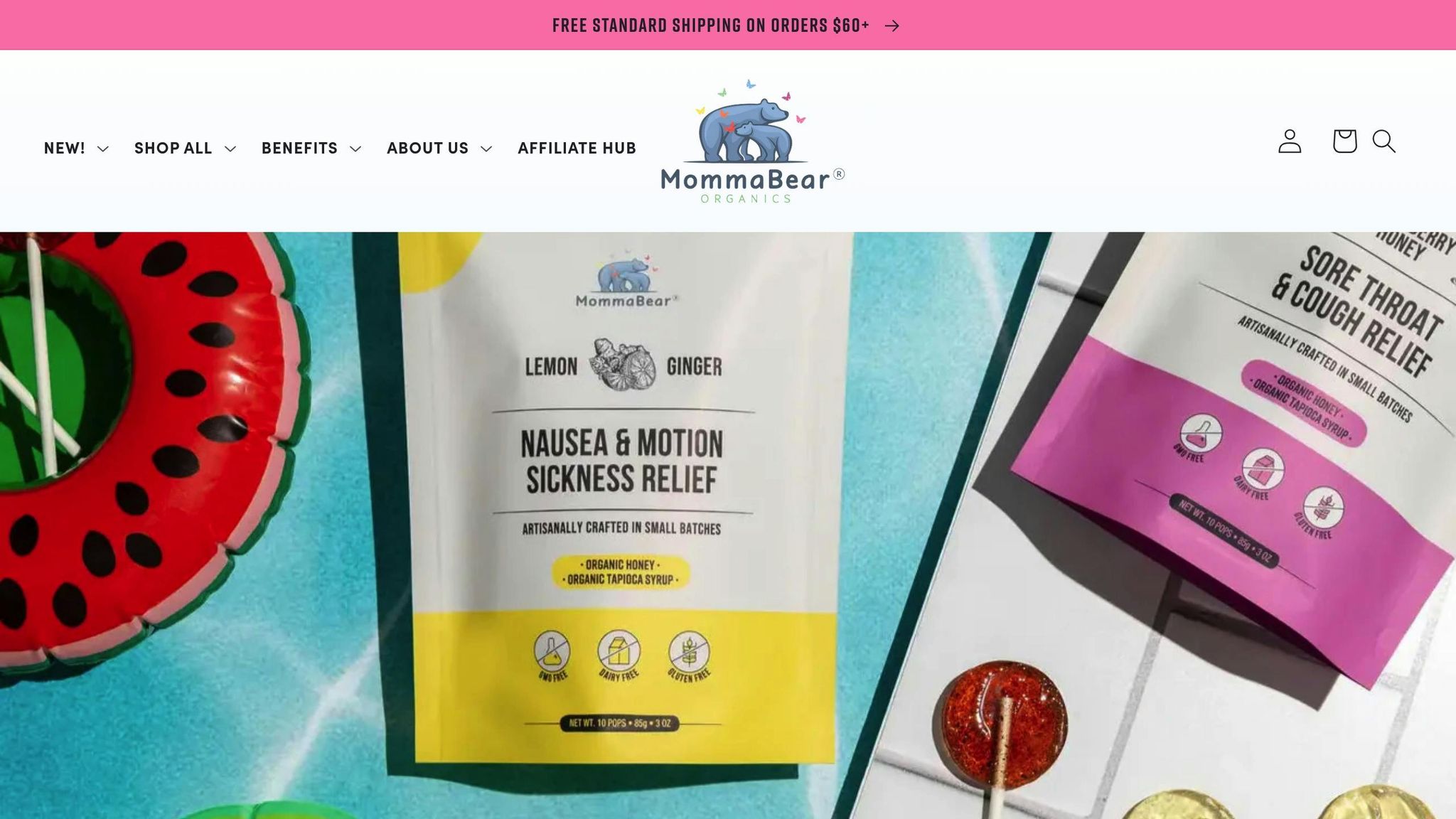
It's been really nice pairing my little inhaler habit with other natural things for my family. For instance, my kids are obviously too young for this, but when they're feeling anxious about a car ride or have a tickle in their throat, I give them one of the MommaBear Organics lollipops. They start at $24.99 and are organic and non-GMO, so I feel good about them.
It's a nice little system we have. I have my inhaler for my moments of stress, and they have their soothing lollipops. It feels like we're tackling things together, but in a gentle, natural way that works for our whole family.
Whether it's the inhaler for me during a hectic day or the lollipops for the kids, it just feels good to have these simple, natural tools to lean on.
Achieving Quick Calm Naturally
These DIY inhalers are such a simple, real way to find a moment of calm. No weird side effects, just the pure scent of plants. I was reading an article in a journal called Phytomedicine that said lavender oil can work just as well as some prescription meds for anxiety, but without all the baggage. The science behind it is that the scent molecules travel straight to your brain, so the relief is almost instant.
The best part, for me, is making them my own. I have a blend for when I'm feeling jittery in the morning, one for that afternoon slump, and a different one for when I can't turn my brain off at night. It's so empowering to create exactly what you need.
I saw this quote from Ridhima Kansal, the Director of Rosemoore, that I loved: "Aromatherapy enables relaxation through scents while enabling the user to feel at ease and bring balance to their life. Adding essential oils to small, daily rituals can improve your overall health and reduce your stress levels without requiring additional time or effort on your part." That's exactly it. It's a small ritual.
It's so easy to just tuck them into your life. One for the car, one for your desk, one by the bed. They don't replace big stress-relief practices, but they sure do complement them. And they're so cheap to make. One little bottle of oil can make so many inhalers, and they last for months. It feels good to take my well-being into my own hands like this.
FAQs
How can I pick the best essential oil blend to help with my stress?
Honestly, the best way to start is by thinking about what kind of stress you’re feeling. If it's just general "argh" feelings, I'd say start with the classics: lavender, bergamot, or chamomile. They're like a cozy blanket in a bottle. If your stress feels more linked to your mood being all over the place, maybe try something like ylang-ylang or clary sage. I've read they can help with serotonin and dopamine, the happy brain chemicals.
But really, it comes down to what smells good to you. If you hate the smell of lavender, it's not going to calm you down! So just play around and trust your own nose.
What safety tips should I follow when making or using aromatherapy inhalers?
The biggest thing is that these oils are super, super strong. So when you're making them, it's a good idea not to get the undiluted oil all over your skin. That's why gloves are handy.
And just be smart about it—don't get the oil in your eyes or mouth. It's probably best to do your mixing in a room with a window open. If you're pregnant or have health issues, or if you're making one for a kid, it’s probably a good idea to check with a doctor first.
Once they're made, just keep them somewhere cool and out of reach of little kids or pets.
Can I use aromatherapy inhalers alongside other wellness practices to help manage stress?
Oh, absolutely! That's what I do. I think of my inhaler as a little pocket tool that works great with everything else. It’s perfect for a quick reset, and then when I have more time, I can do meditation or some deep breathing exercises. It all kind of works together.
A lot of people seem to be doing this, weaving a bit of aromatherapy into their other routines. It just makes for a more well-rounded way to handle the day-to-day stress without it feeling like a chore.
- How Organic Lollipops Help with Travel Anxiety
- Best Breathing Exercises for Anxiety
- How Guided Imagery Eases Anxiety Symptoms
- DIY Anxiety Roller Blend: Carrier Oils to Use


